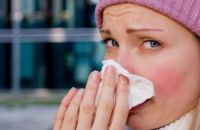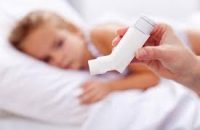Dangers of Bronchial Asthma at Children
Asthma in children is considered to be a fairly common disorder that seriously reduces the quality of life and can lead to dangerous complications. To cope with this terrible disease, you need to timely consult a doctor.
What is Asthma in Children?
Asthma in children is an allergic disease of the respiratory tract, which is chronic in nature and is accompanied by bronchi inflammation and change in their reactivity. Also against this background, the bronchial obstruction can develop.
The disease in children is accompanied by:
- wheezing;
- paroxysmal cough;
- breathlessness;
- dyspnea.
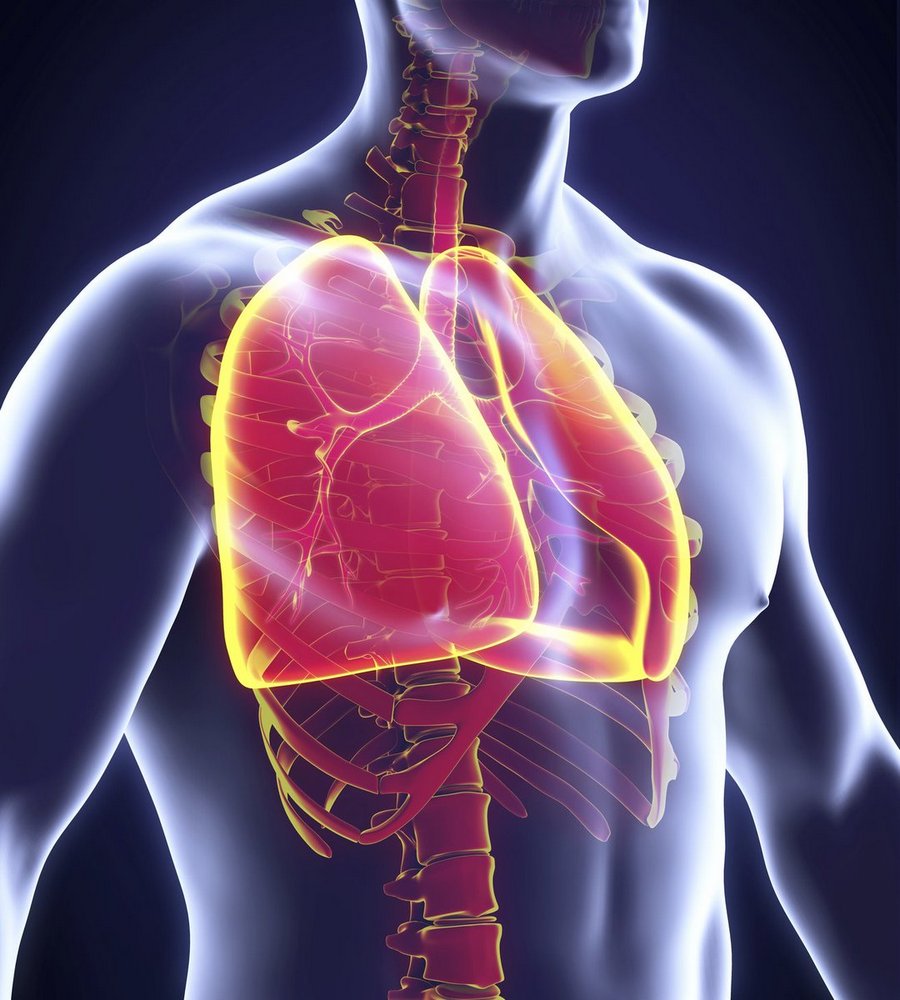
To cope with this disease, it is important to exclude effects of triggering factors on the body, use aerosol bronchodilators and anti-inflammatory agents.
Pathogenesis
This disease mechanism involves several steps.
After contact with allergen the body starts to produce specific antibodies – immunoglobulin E (learn more). They accumulate in fat cells and other organs. Also, in this case, mediators have released that cause swelling and increased bronchial mucus production.
At repeated contact with allergens, the attacks appear, which are the result of the conditioned reflex mechanism.
Causes
The main reason that triggers the attacks is bronchial hyperreactivity, that too actively respond to various stimuli.
All reasons for this disease development can be divided into several categories. Thus, according to internal factors, there can be identified:
- sexual identity. Bronchial asthma is diagnosed more often at boys. This is due to peculiarities of respiratory system. They have narrower bronchial tree lumens;
- excess weight. Development of asthma at these children is explained by higher respiratory diaphragm localization. This makes normal ventilation impossible, which provokes appearance of dyspnea and suffocation;
- genetic predisposition. If baby’s close relatives have asthma or are allergic to something, threat of this disease increases significantly.
Disease Development Factors
A lot of factors affect this disease development at children:
- food – most often the disease is provoked by eating chocolate, citrus fruits, nuts, honey, fish;
- particles of flowering plants pollen;
- mold and dampness in the house;
- home or library dust;
- pet hair;
- drugs – they often include some antibiotics and aspirin.
Triggering Factors
This term means factors that provoke bronchospasm development:
- impact of exhaust gases;
- increased physical activity, which provoke dyspnea appearance;
- too cold or dry air;
- viral infection;
- contact with household cleaning products;
- contact with perfume, which has a strong flavour.
Symptoms
Bronchial asthma is of cyclical character. In its course there are distinguished periods of precursors occurrence, suffocation, intervals between attacks and after them.
Precursors of attack include the following symptoms:
- sleep disorders;
- increased anxiety;
- nasal congestion;
- headaches;
- skin and eyes itch;
- dry cough.
Such manifestations may last for different periods of time – a few minutes or a few days.
The attacks provoke a feeling of tightness in the chest and air deficiency, dyspnea of expiratory type appears. Child’s breathing becomes whistling, wheezing can be heard at a distance.
During attack:
- child cannot speak;
- he is trying to catch air with his mouth;
- skin becomes pale;
- ears and nasolabial triangle cyanosis appears;
- also often cold sweat appears. During the attack, a child acquires an unproductive cough, which is followed by separation of viscous sputum.
Immediately after that, there is general weakness and drowsiness. During intervals between attacks, the symptoms in children are absent.
Attack
Parents need timely identify disease attack at their child and very quickly stop it. To do this, they need to respond to any complaints related to violation of breath or chest pain. During an asthma attack, a child thinks that there is something compressed in his chest. Due to a pressure increase in lungs and respiratory obstruction, there are pains in the chest.
Equally important is a frequency of breathing – at rest, it is about 20 breaths per minute. If a baby is breathing more frequently, you need to pay attention to it.
It should also be clear whether a child needs to make efforts to make inhalation.
During an attack, nostrils are greatly expanded to breathe more air. Also, this condition is accompanied by wheezing.
During an attack, there whistling or hissing sounds that cause little vibration.
Also, the appearance of a dry cough points to attack appearance. This symptom leads to pressure in bronchi, which helps open airways and allows normal breathing for a certain time.
Also during attack child’s skin turns pale and becomes sticky with sweat. This is caused by oxygen deficiency in the body. With complicated attack course, the skin in mouth and nose area becomes cyanotic. This indicates severe lack of oxygen and requires urgent medical attention.
Symptoms at Children of Different Ages
Clinical manifestations are almost the same at children of different age categories. At the same time, children of early age tend to have general symptoms such as increased irritability and anxiety, while older children are able to describe their feelings.
Up to One Year Old
Children during the first year of life predominately have these symptoms:
- pronounced dry cough – most often occurs in the form of attacks immediately after waking up or before going to bed;
- decreased cough in upright or sitting position – if a child lies down again, this symptom becomes more intense;
- increased tearfulness – observed right before attack and associated with nasal congestion;
- appearance of dyspnea;
- irregular breathing, short and frequent breaths – these symptoms are accompanied by appearance of noise and whistling.
Up to Three Years Old
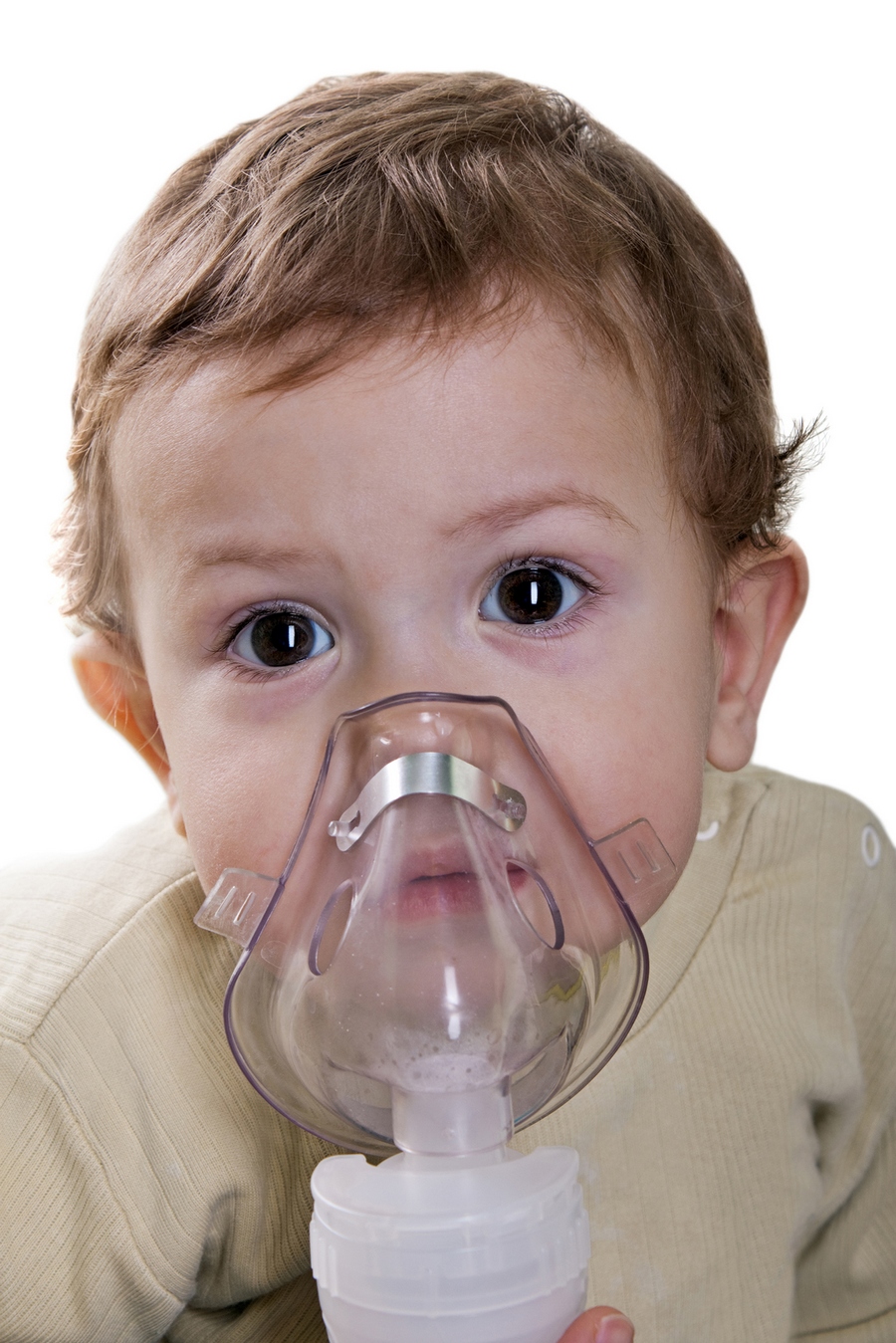 At children older than one year, in addition to above mentioned there are such symptoms as:
At children older than one year, in addition to above mentioned there are such symptoms as:
- severe chest tightness – prevents from making normal breath;
- pronounced dry cough – appears at attempt to breathe through mouth;
- appearance of itching, skin rash, watery eyes – these symptoms are atypical manifestations of this respiratory disorder;
- prolonged dry cough – usually not accompanied by sputum appearance;
- appearance of coughing under similar conditions – a pet near child, use of paintings, etc.
Pre-Schoolers
A characteristic feature of asthma course at pre-school children is the fact that they predominately have swelling of mucous membrane and bronchi occlusion with viscous sputum.
School Children
In older children, it is accompanied by severe bronchospasm.
All other symptoms do not differ from other age groups.
Importance of Proper Treatment
Asthma can develop as a complication of a variety of diseases -, especially acute respiratory viral infections, allergic diseases, etc. That is why it is so important to promptly treat all diseases.
When a disease occurs, it is compounded by digestive system pathologies – these include pancreatitis, gastritis, dysbacteriosis. The appearance of symptoms at night may indicate the development of duodenogastric reflux.
Therefore, all these pathologies need to be treated timely.
Equally important is the treatment of chronic center of infections in the body – sinusitis, dental caries, adenoids.
Diagnostics
To make an accurate diagnosis, the doctor must analyze family and allergy history and physical, laboratory and instrumental studies results.
Instrumental examination includes the following:
spirometry – is carried out for children older than 5 years;
- X-ray filming;
- peakflowmetry;
- tests with bronchodilators and physical activity.
Laboratory studies consist in clinical blood and urine tests, general sputum test, determining immunoglobulin E level.
In addition, diagnosis involves blood gases and skin allergy tests.
First Emergency Aid
First Aid for attack is to use bronchodilators – these means contribute to bronchi expansion. Also, pathogenic therapy drugs are used, which have an impact on allergic inflammation.
It is important to create the most relaxed environment around the baby – to calm him down and reassure that attack will soon disappear.
Child of early age can be taken in arms to distract his attention. With older children, you can talk about something pleasant.
It is very important that a child relaxes and begins to breathe evenly.
During the attack, it is necessary to carry out 2 inhalations of salbutamol. If not, aminophylline can also be used. Also, warm drink through a straw is indicated.
If attack appeared for the first time, you should immediately call an ambulance.
Basic Therapy
Such treatment of bronchial asthma in children can be carried out in the period between attacks. Basic therapy includes the following:
- exclusion of triggers, including hypoallergenic diet;
- conducting specific immunotherapy;
- comorbidities treatment;
- medicamental treatment with long-acting beta-agonists, inhaled Canadian corticosteroids, theophylline, leukotriene receptors antagonists;
- specific sensitizing therapy;
- use of physical therapy means – physiotherapy, speleotherapy, breathing exercises, massage.
Traditional Remedies
There are many popular recipes that help to stop the attack:
- pine cones infusion. First, you need to wash green cones and resin, add 0,5 l of hot milk and leave to infuse for 4 hours. Filter and drink in the morning and evening. This should be done during 2 – 4 months. A single dose – 200 g. Therapy course should be repeated, making a break for 1,5 – 2 months;
- massage. Will quickly stop an attack. To do this, it is necessary to work through upper part of the body. You should begin with the head and gradually move to the chest. When performing this procedure it is necessary to use natural oils and creams;
- valerian tea. To do this, you need to add 15 – 20 drops of this means in a container of water and drink.
Preventive Measures
The attacks occur as rare as possible, it is very important to engage in this disease prevention. To do so, strengthen the immune system and improve the general condition of child’s health. Preventive therapy is also needed if a child is predisposed to the disease at the genetic level. In order to prevent disease progression, it is necessary to adhere to these rules:
- provide breastfeeding during at least 1 year. If this is not possible, infant milk should be chosen very carefully;
- supplementary food is introduced only with doctor’s permission. It is very important to avoid allergenic foods – citrus fruits, nuts, honey;
- get rid of home carpets, blackout curtains. Books must be put in glass cabinet;
- no pets in the house. This includes even harmless aquarium fish, because dry food contains strong allergens;
- use hypoallergenic blankets and pillows;
- use only hypoallergenic detergents;
- as often as possible ventilate room in calm weather;
- every day perform wet cleaning without using household chemicals;
- it is important to set up a child – it will help to strengthen immune system and improve his health.
Breathing Exercises
This is a very effective way to cope with the disease. There are special courses of breathing exercises. An excellent way of training is inflating balloons. This simple method will be able to prevent attacks.
It is also important to train shallow breathing – it can be used to stop attack beginning. For this, short breaths are necessary to be made so that entire lungs volume is used. After each inhalation and exhalation, a child should for a few seconds hold his breath.
Prognosis
Prognosis of such diagnosis in children is favorable with early diagnosis and proper treatment. The disease, which occurs during pre-school years, usually disappears at puberty.
A more severe course is combined with strong allergodermathosis. Fatal outcomes among adolescents are associated with overdose of sympathomimetic drugs and asphyxia on the background of secondary adrenal insufficiency.
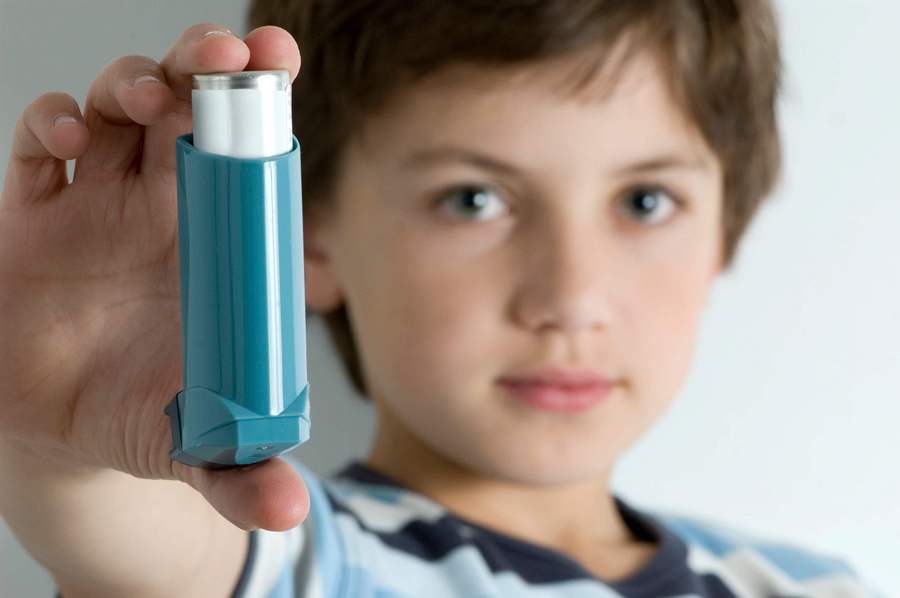
Key Dangers
Asthma can lead to extremely negative consequences for health:
- respiratory failure – oxygen deficiency in the body;
- status asthmaticus – manifested in the form of a prolonged attack;
- pneumothorax – air accumulation in pleural cavity, which is associated with lung parts rupture;
- pulmonary heart – inability of right ventricle of heart to perform its functions;
- emphysema – alveoli expansion, walls violation between them.
Bronchial asthma is a pretty serious disease that often occurs at children and significantly complicates their lives. To prevent adverse health effects, it is very important to timely treat this pathology, and for this it is necessary to consult experienced doctor.





